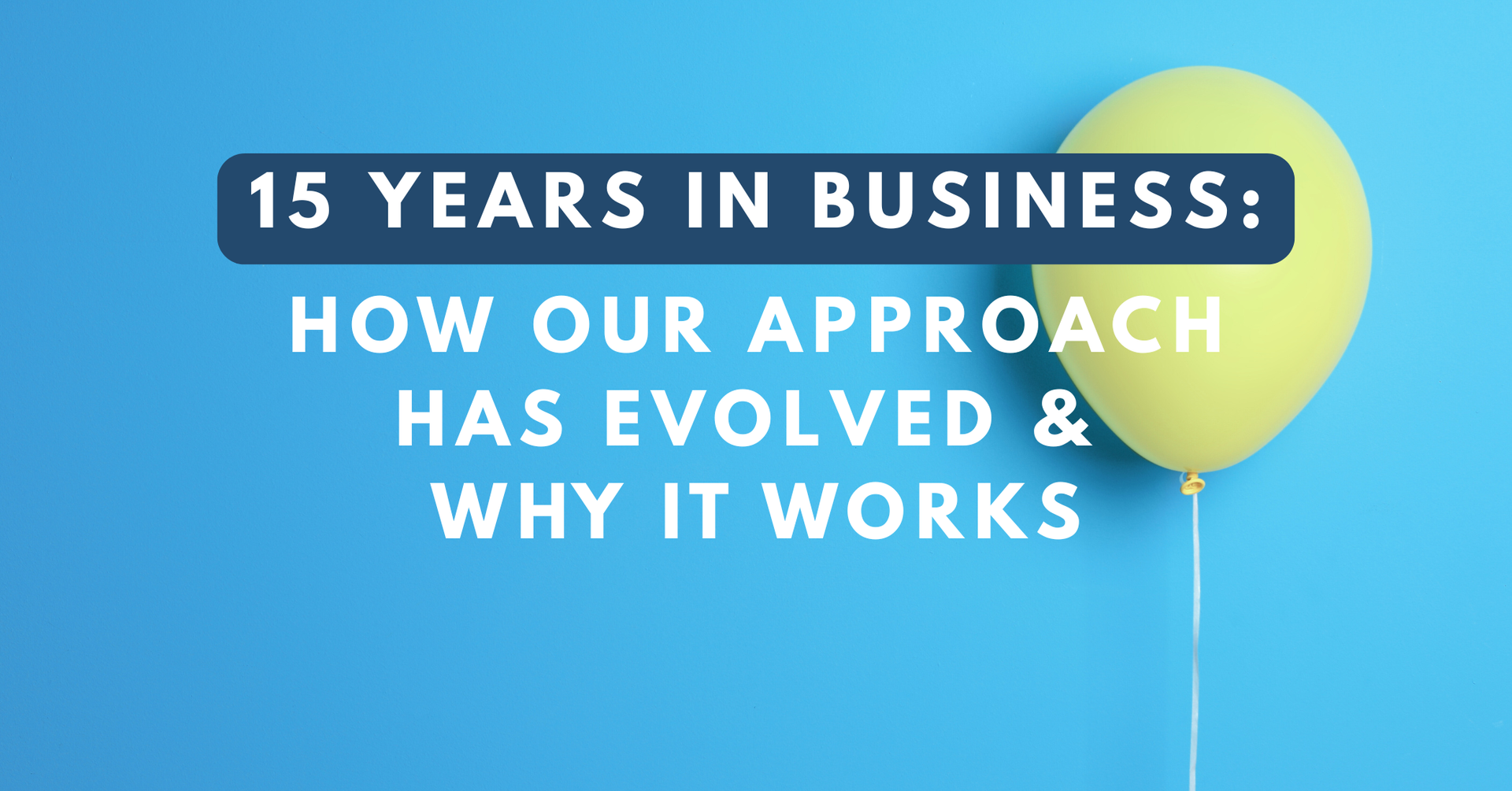Subcontractor Agreements & Getting Started
See How We're Different
or call us: (858) 384‑1506
Are you hiring a subcontractor for your business? If so, it is vital to establish a formal relationship between your business and the subcontractor from the very beginning. Doing so lets you set expectations, define roles and responsibilities, and set terms and conditions. These steps can help you reduce risk and disputes moving forward.
There are many things to consider when assembling a subcontractor agreement, which we can help you set up through our 4C Advising partnership. Inquire by completing this form:
In the meantime, here’s an overview of what to consider when setting up a subcontractor relationship and agreement:
- Prequalify your subcontractor. Before you begin writing a contract, make sure your subcontractor has the qualifications to do the work you desire. Ensure they have the team to do the job and any necessary certifications, which you can request a copy of.
- Ensure that your subcontractor is bonded and insured and request certificates of insurance upon working together. Specifically, they should provide certificates of insurance showing their business name as the named insured on an ACORD 25. The subcontractor’s policy should also name the contractor (your company) as an additional insured with proper endorsements. Insurance policies to look for include workers’ comp, general liability, auto liability, and umbrella coverage. (P.S. – We have a handy tool to help you track all of this.)
- Define your scope of work. You’ll want to clearly define the scope of work, including services, roles and responsibilities, and deliverables. According to Zywave, you may also want to define “requirements for quality, including the requirement to allow independent quality inspections of materials and processes.”
- Define terms and conditions. In addition to roles and responsibilities, you should clearly define deadlines, expectations, termination conditions, and payment information. Specify the payment terms, including how and when you will pay the subcontractor.
- Compliance: You’ll want to ensure that all parties are willing to comply with labor laws, safety standards, environmental regulations, and more.
- Dispute resolution should be noted in your agreement, as it outlines how you will work through the dispute using mediation or arbitration.
- Confidentiality is essential to note when protecting confidential information and intellectual property.
A subcontractor agreement can vary depending on your business and the type of subcontractor support you are seeking. While this list provides a high-level overview, there are additional items to safeguard your business. You should seek advisory services to customize a subcontractor agreement that meets your needs.
In addition to executing a sound agreement, there are other steps you can take to start your subcontractor relationship on the right foot. One example is pre-work meetings, where you establish worksite safety plans and inspections, emergency plans, workplace violence prevention, and more.
We would be happy to help you establish subcontractor management best practices and execute an up-to-date agreement for your business. Get started by filling out the form above.







